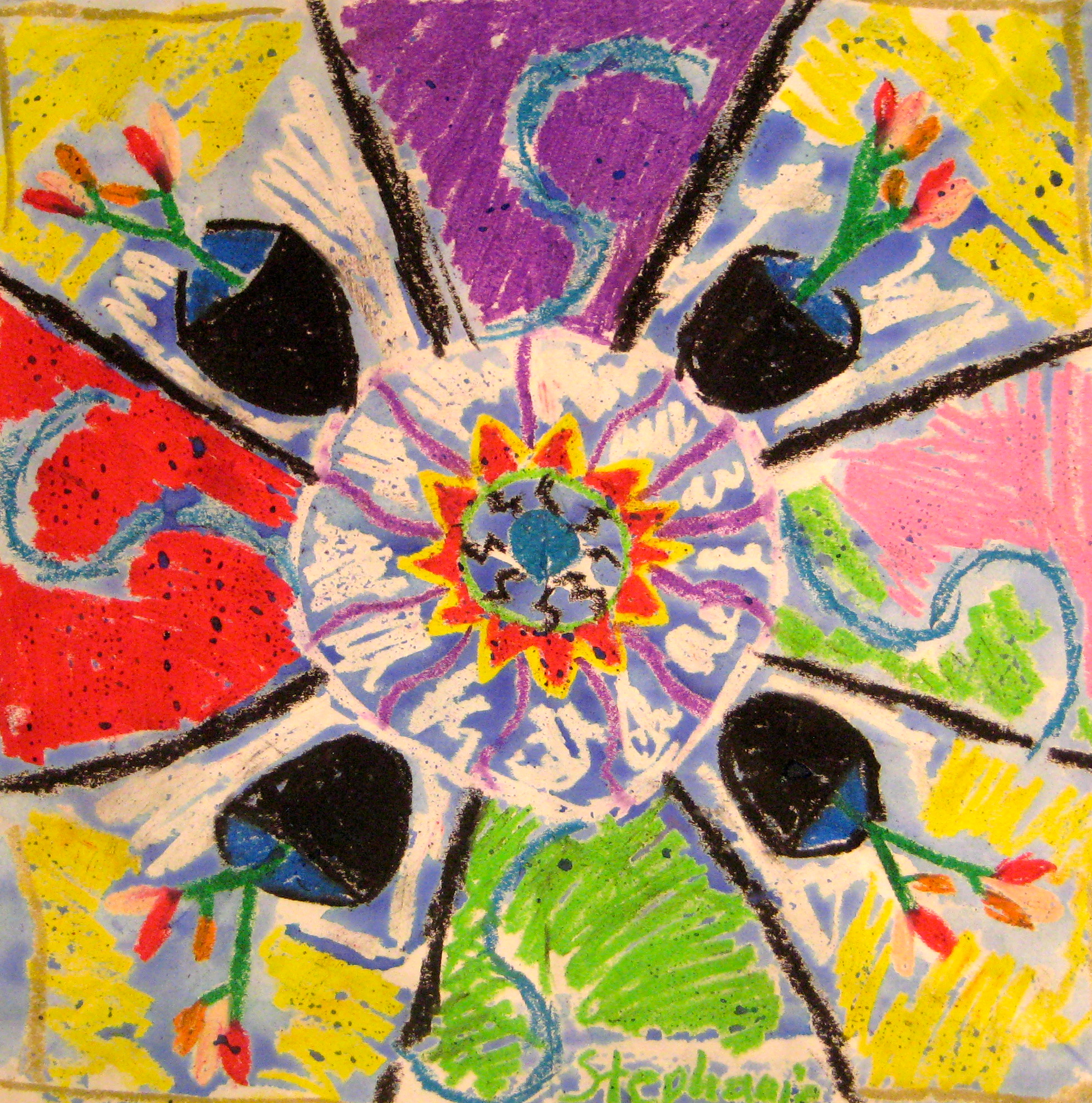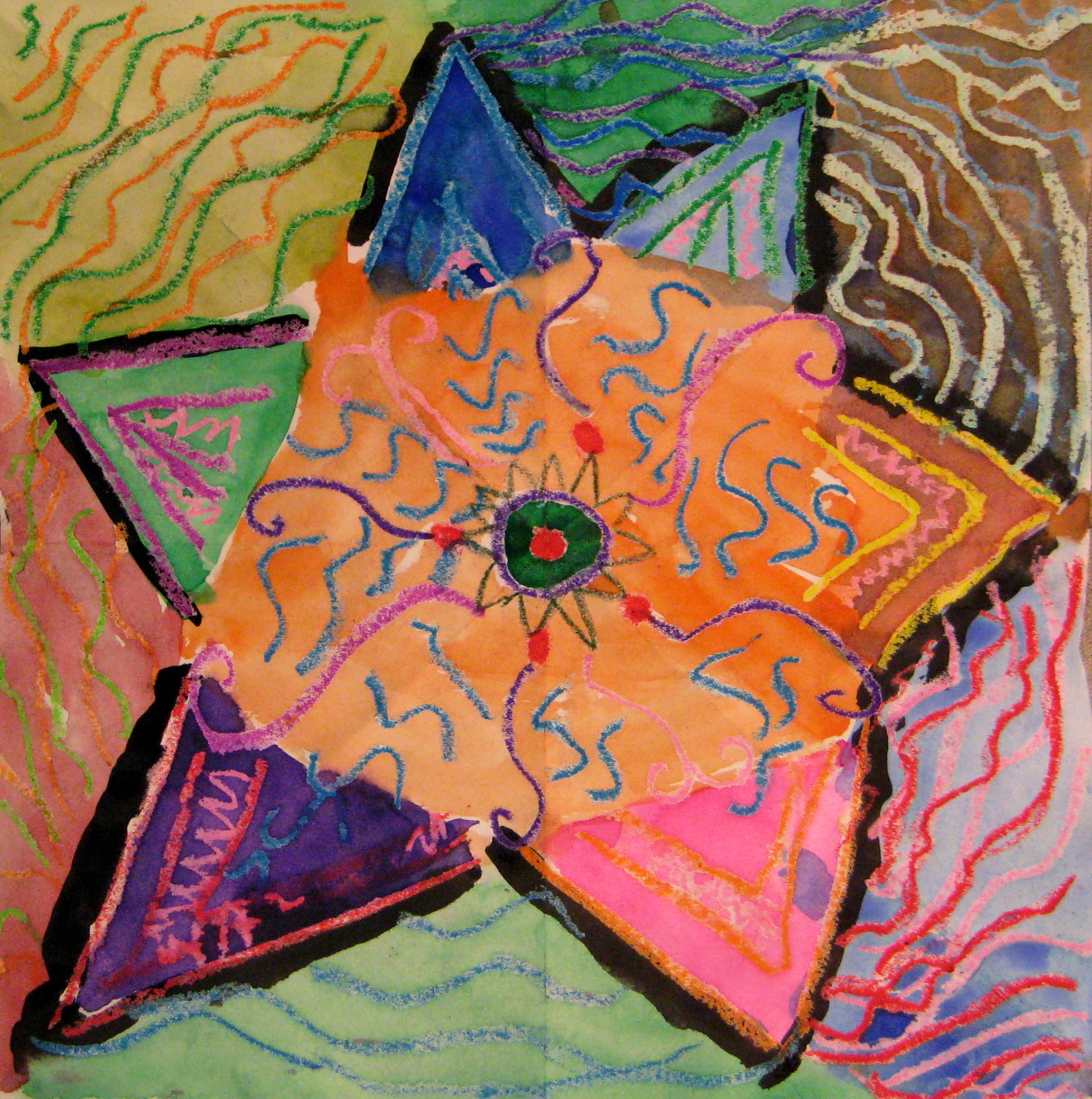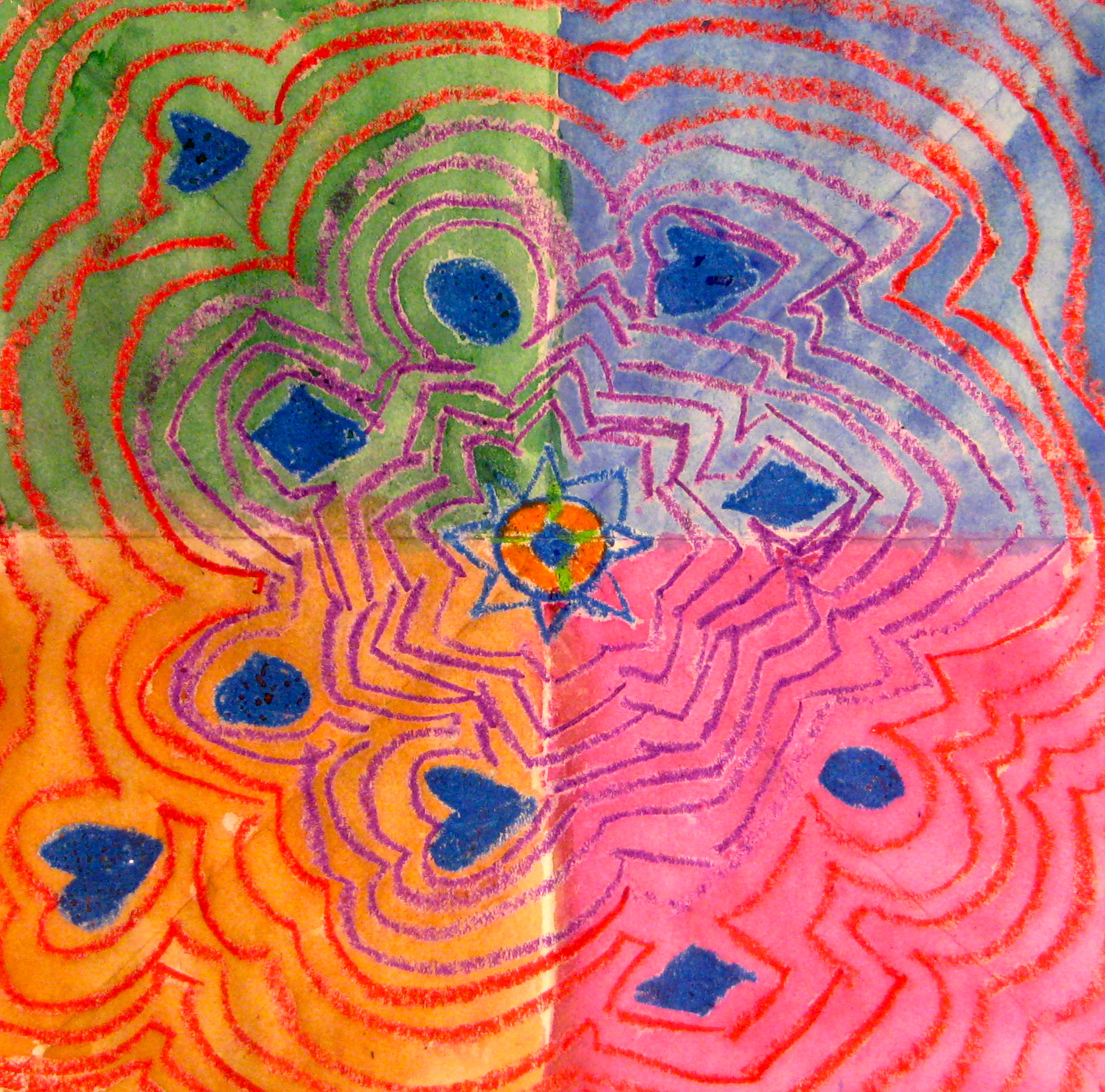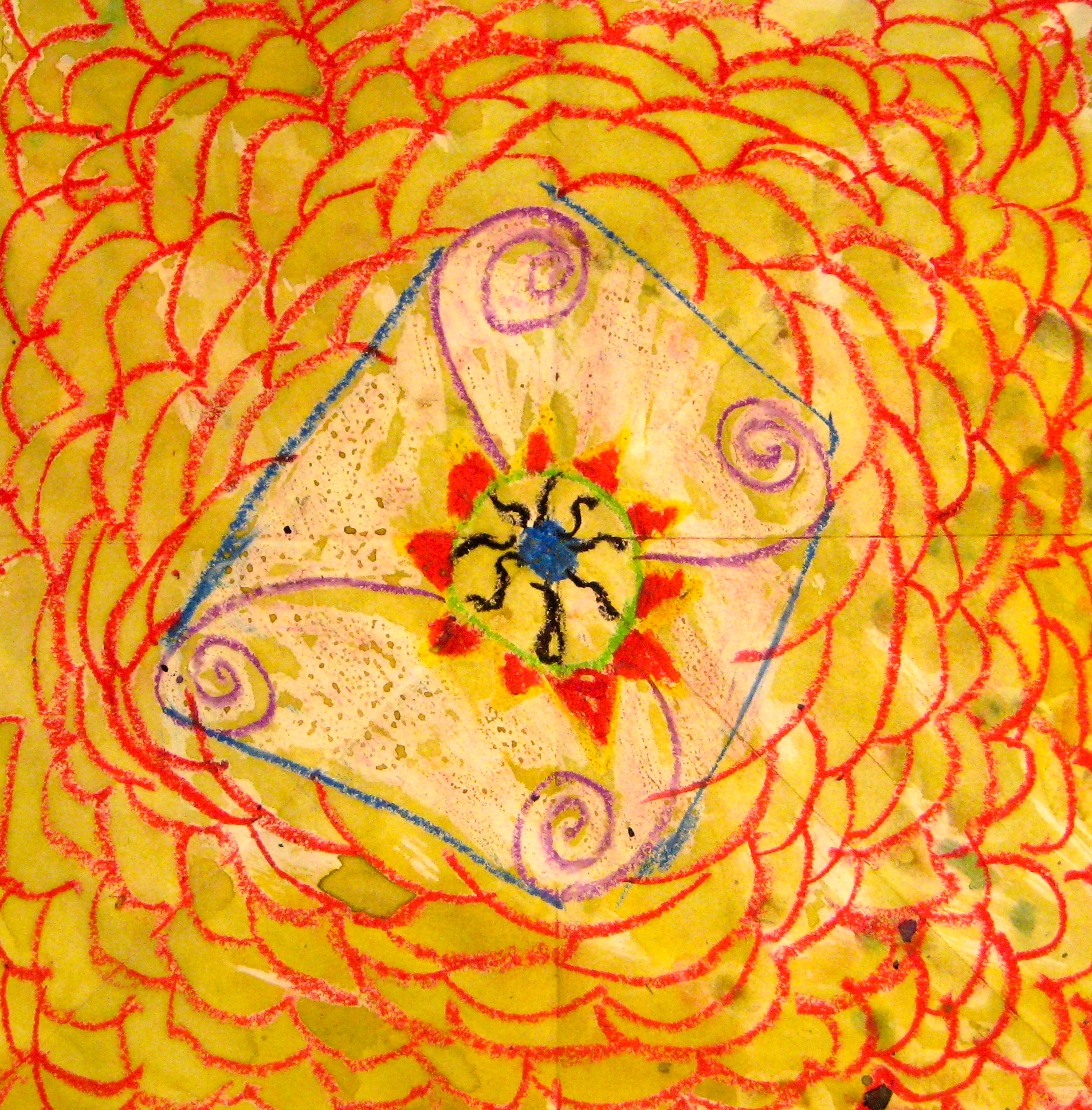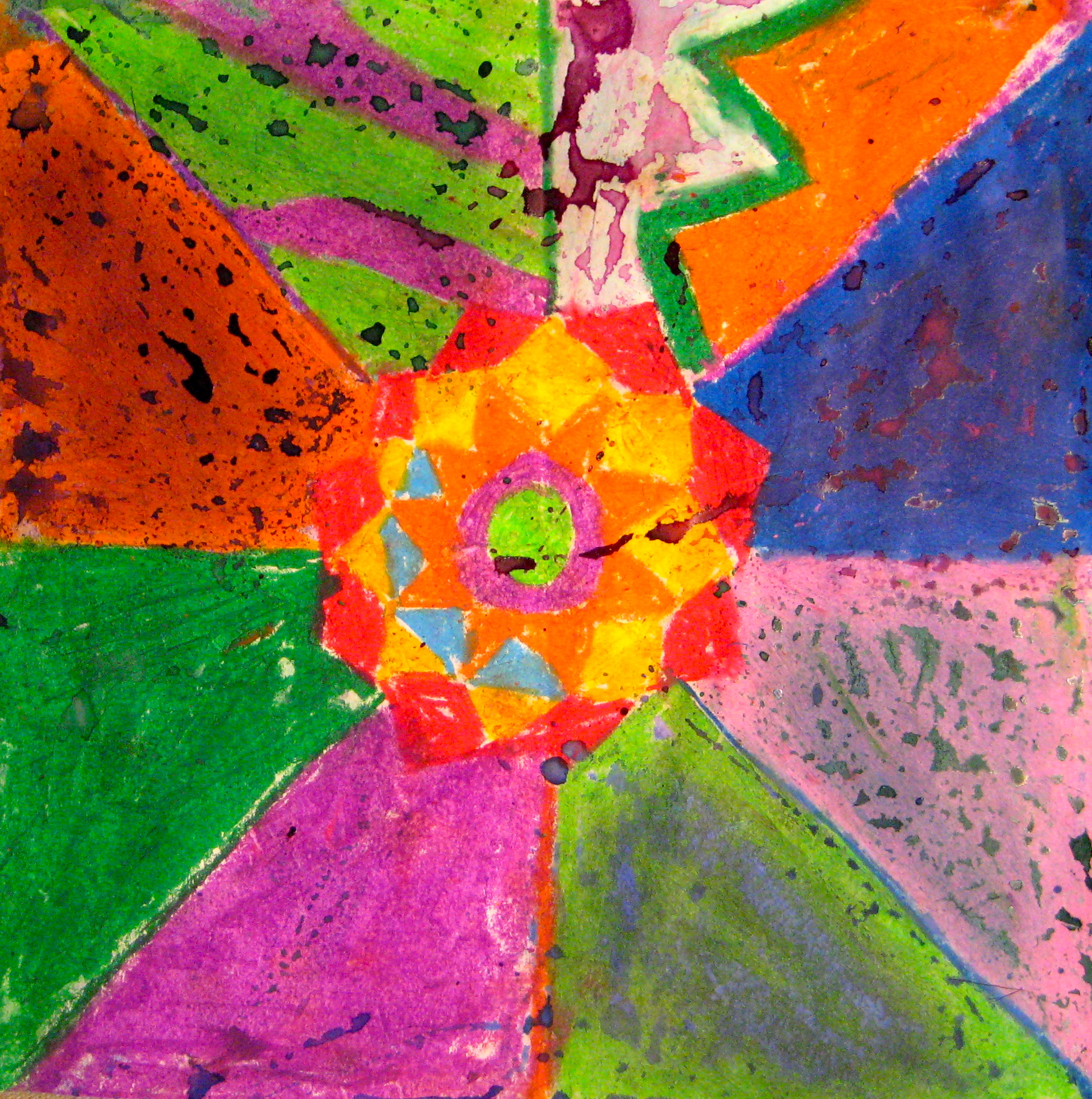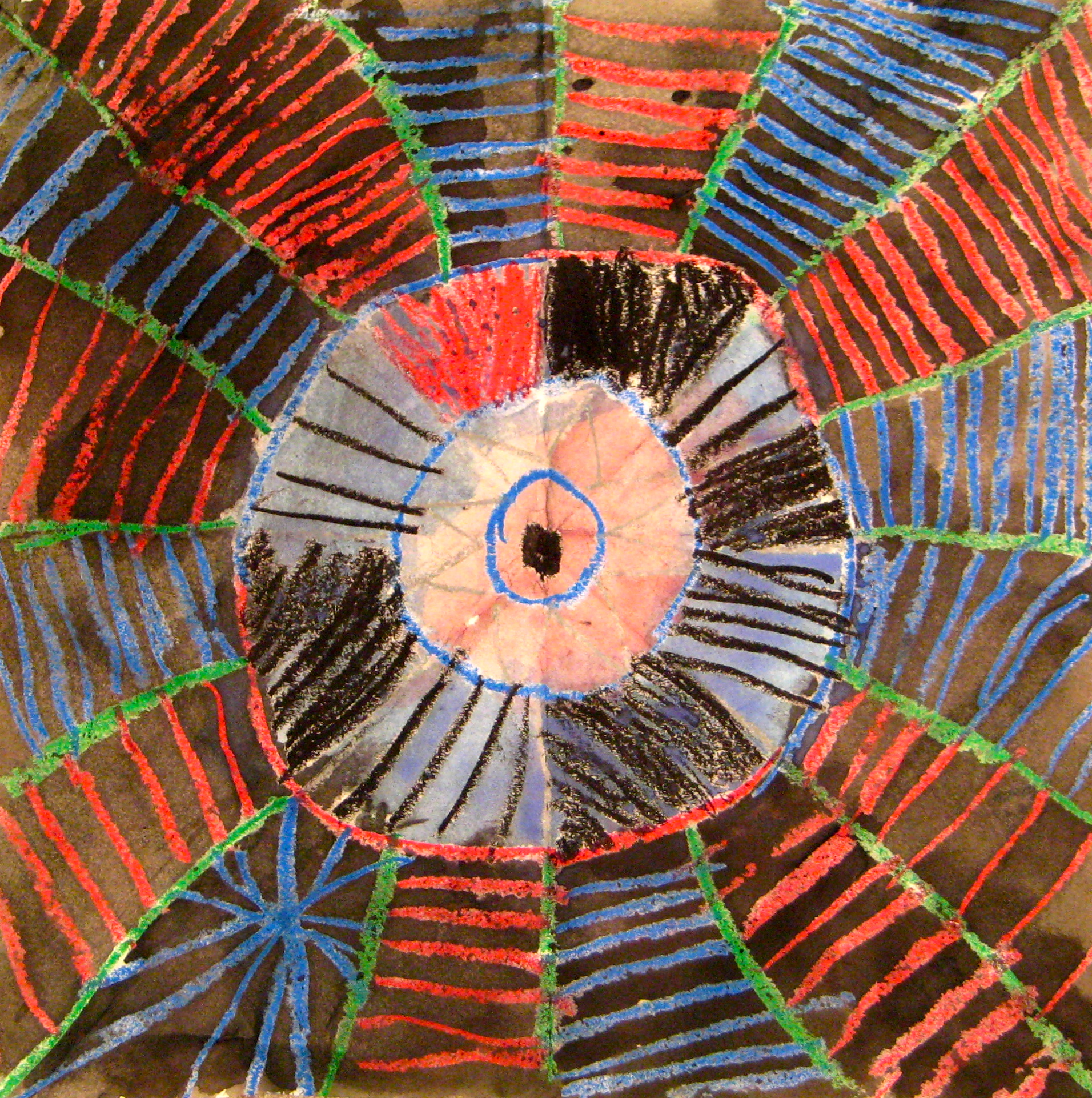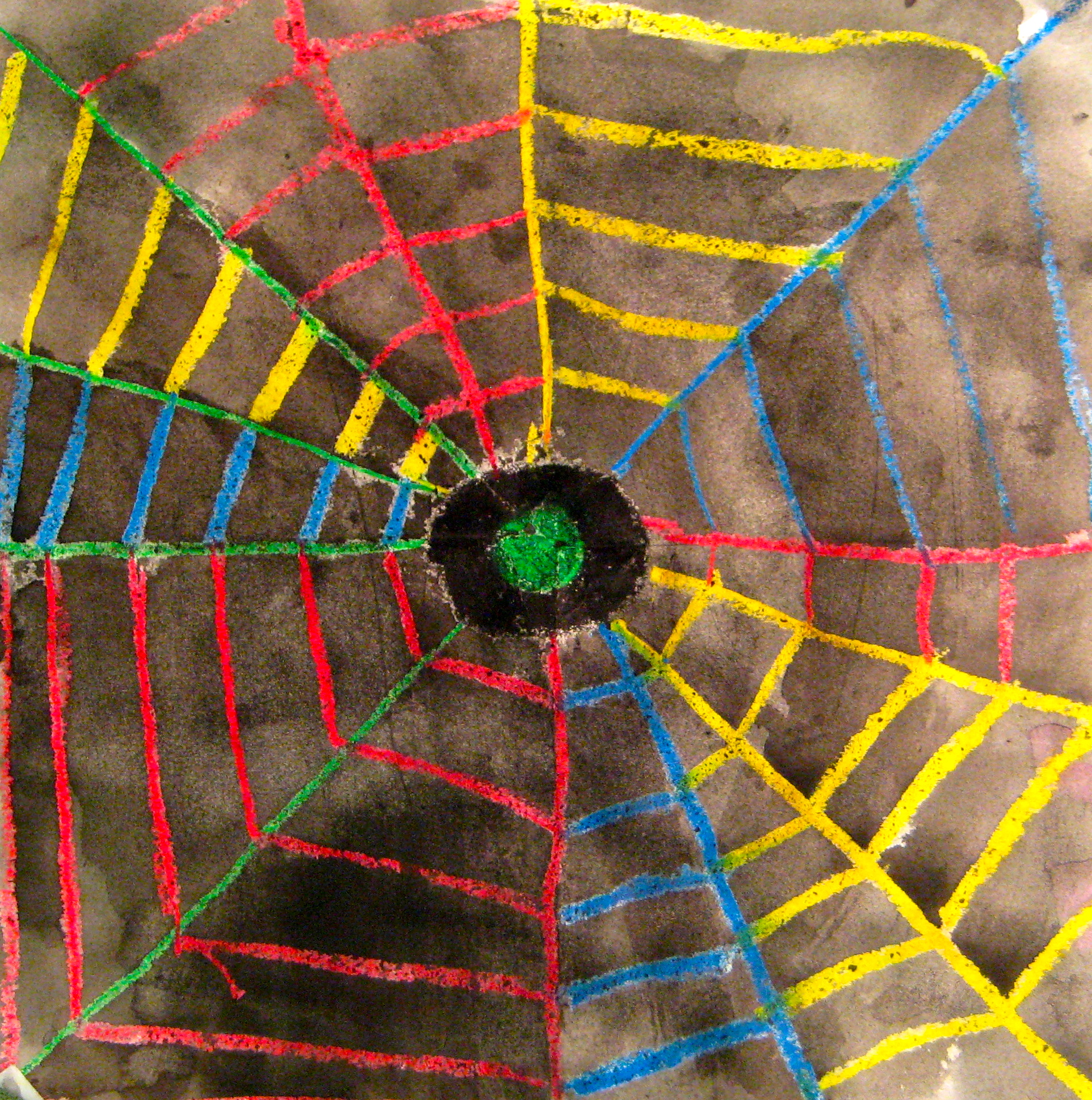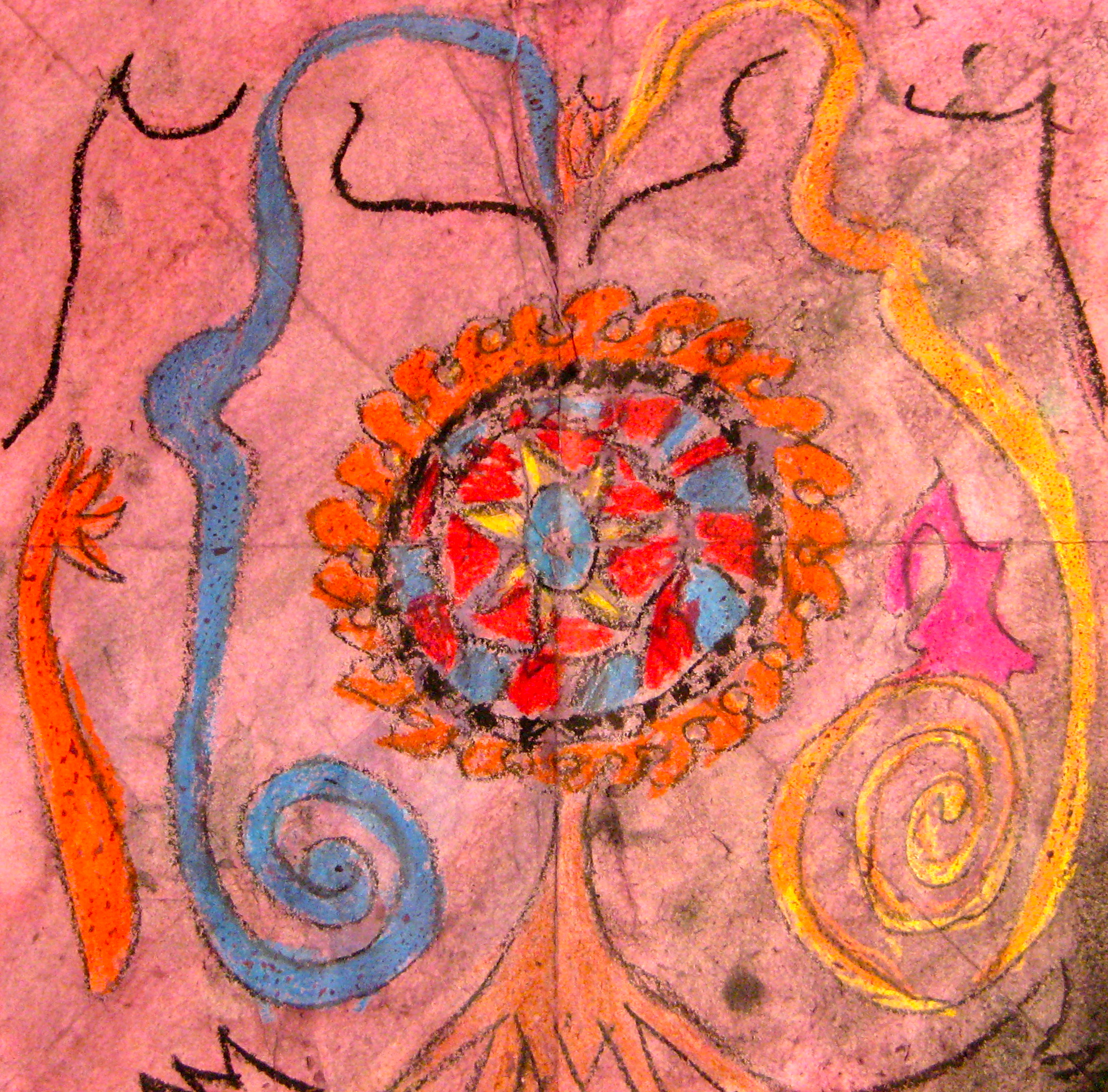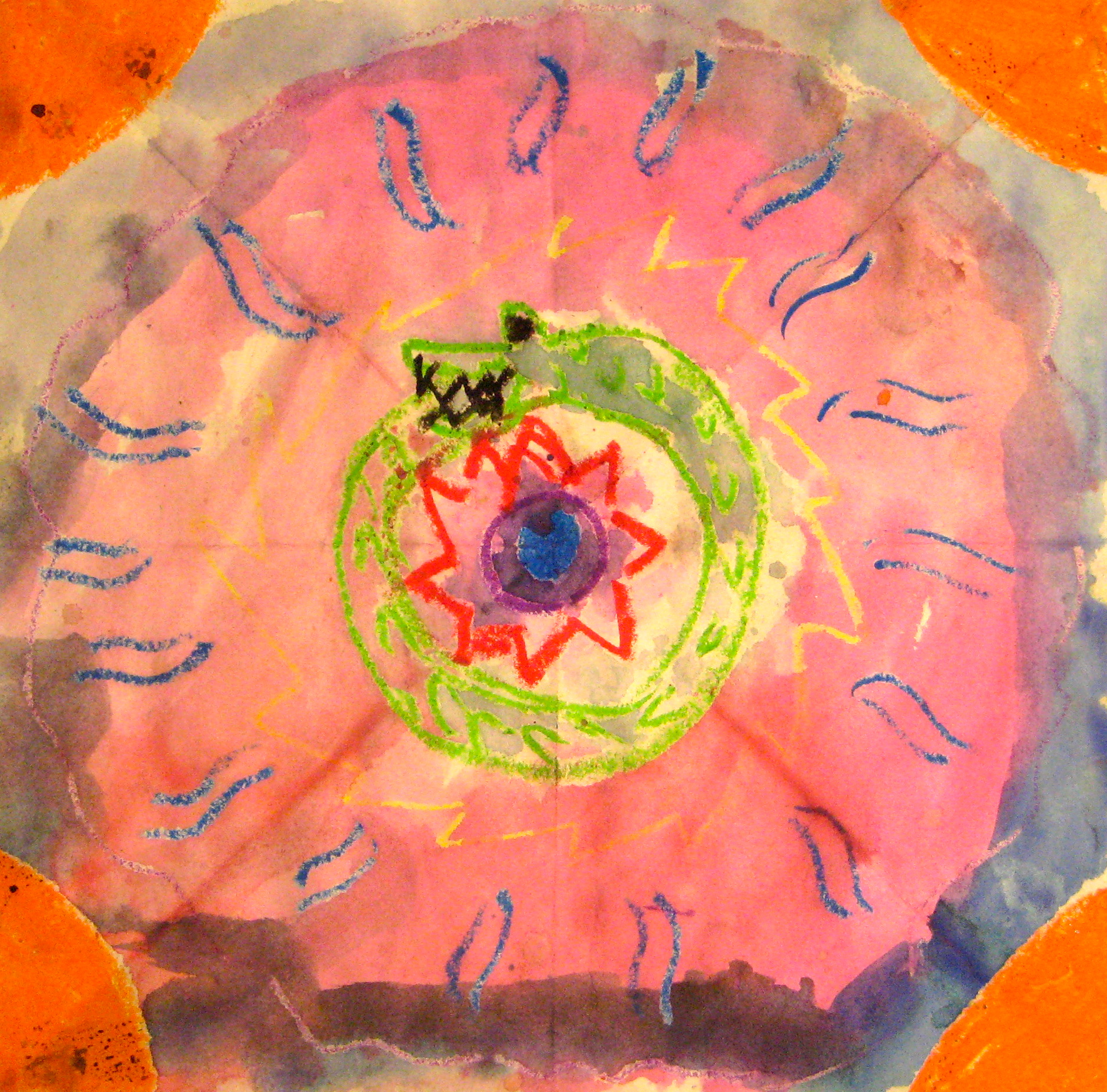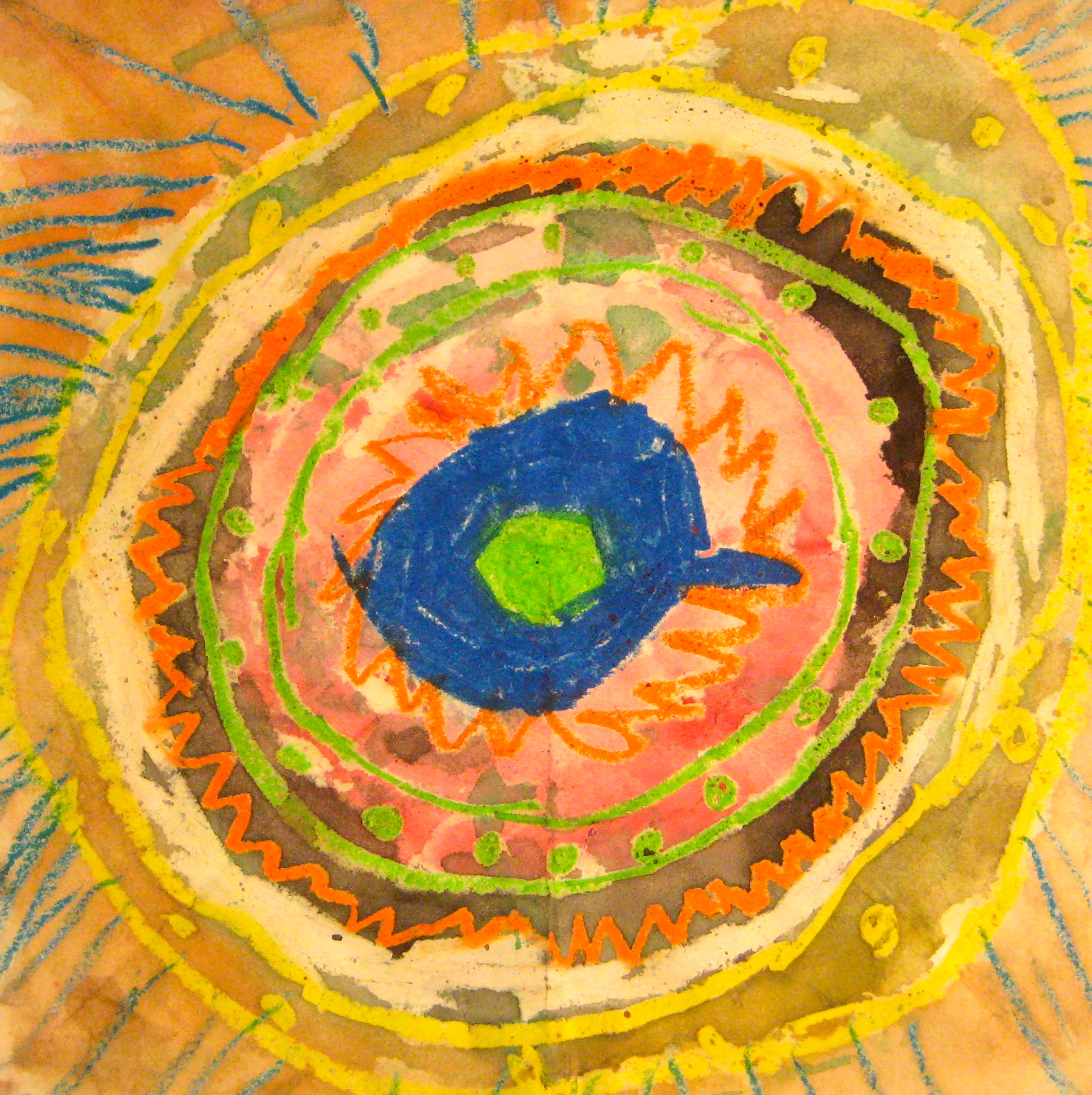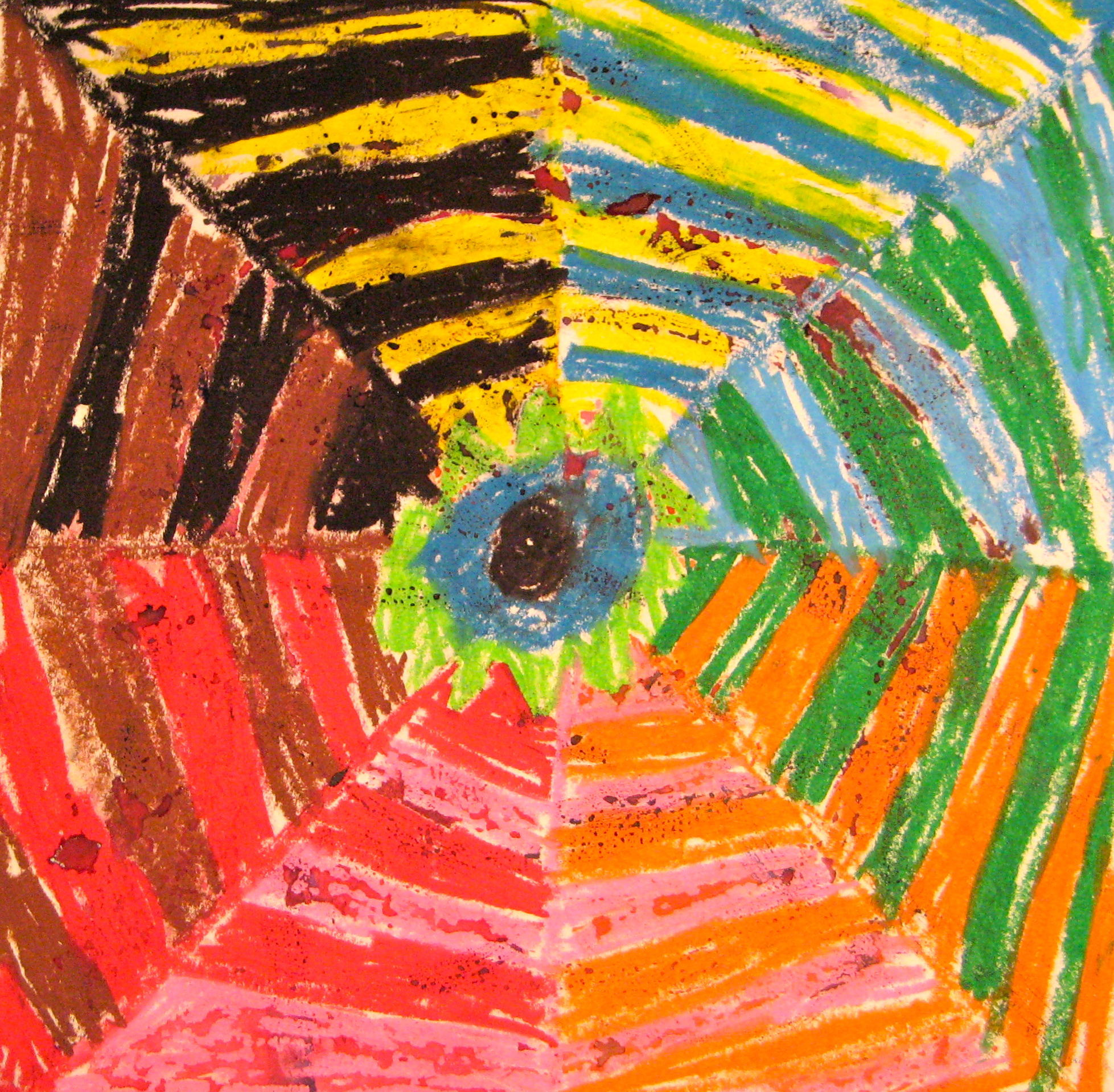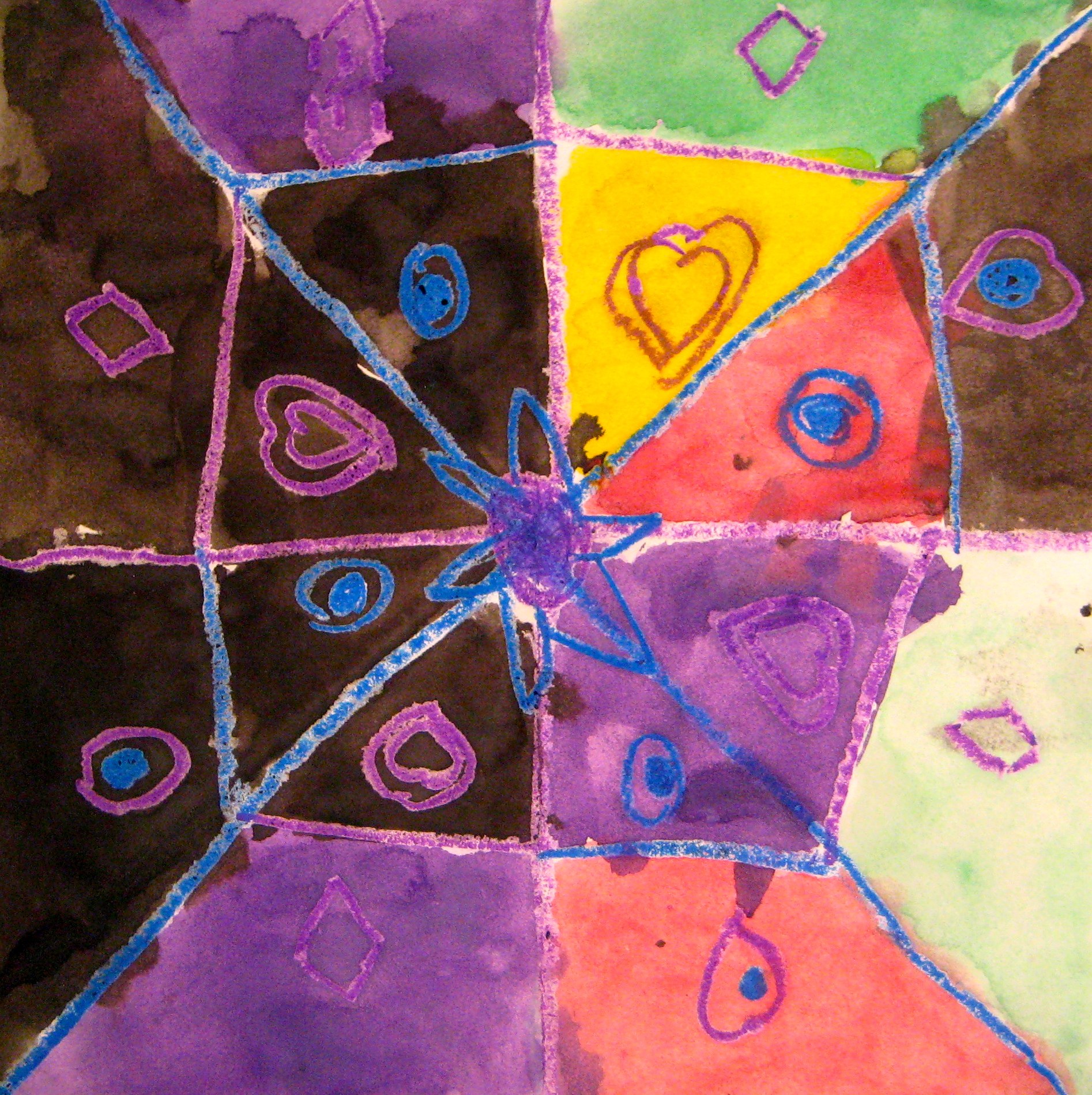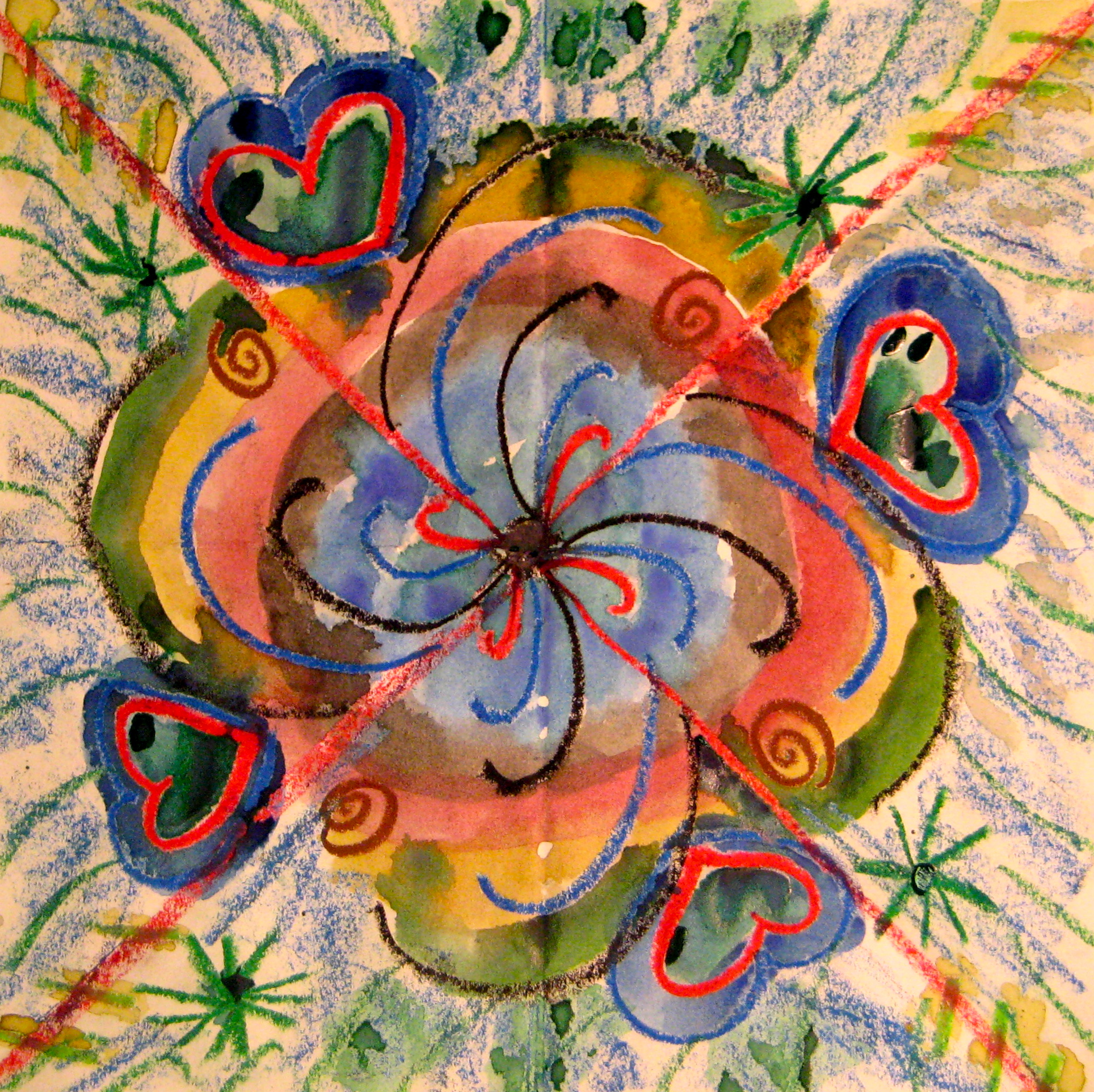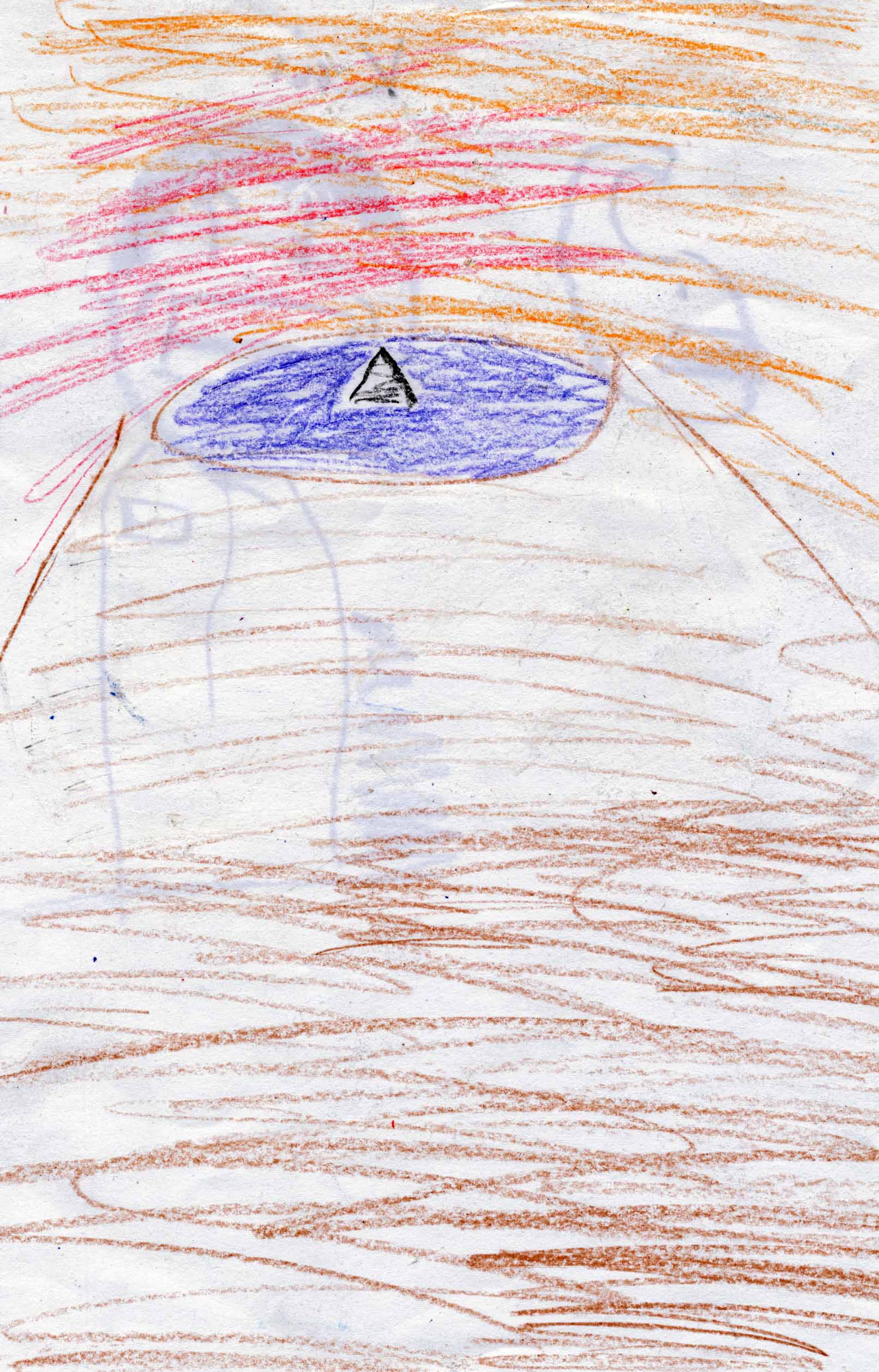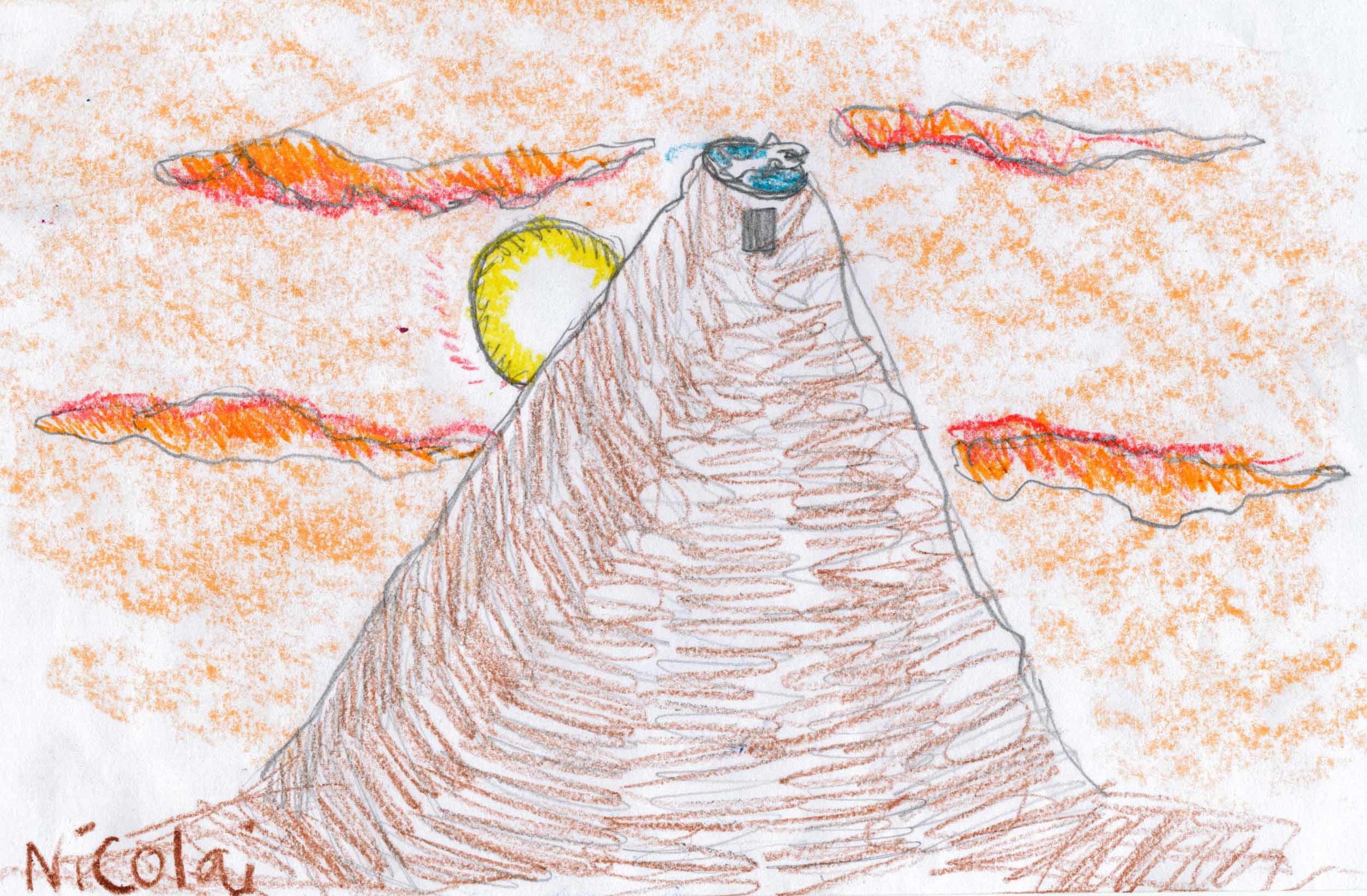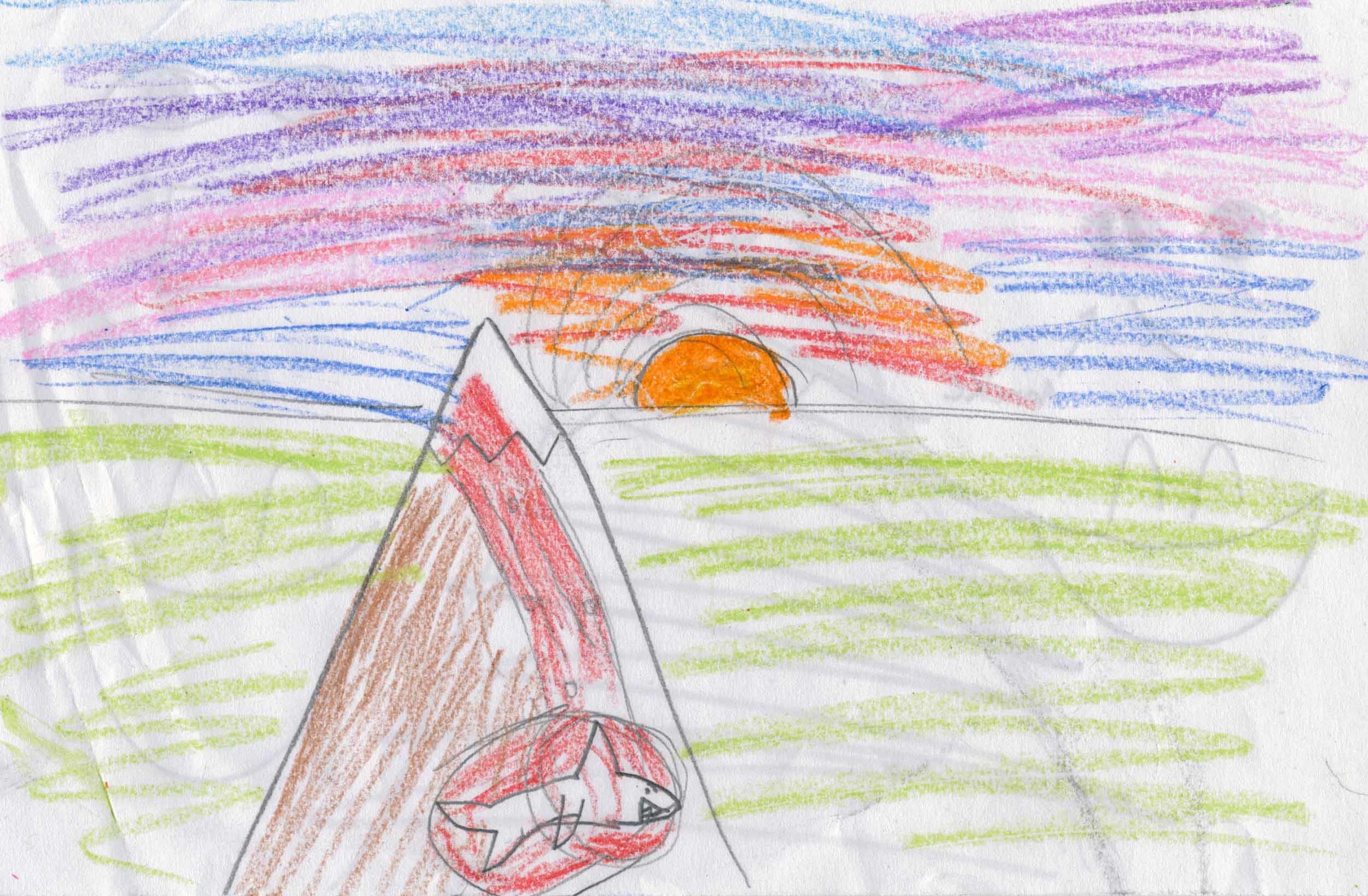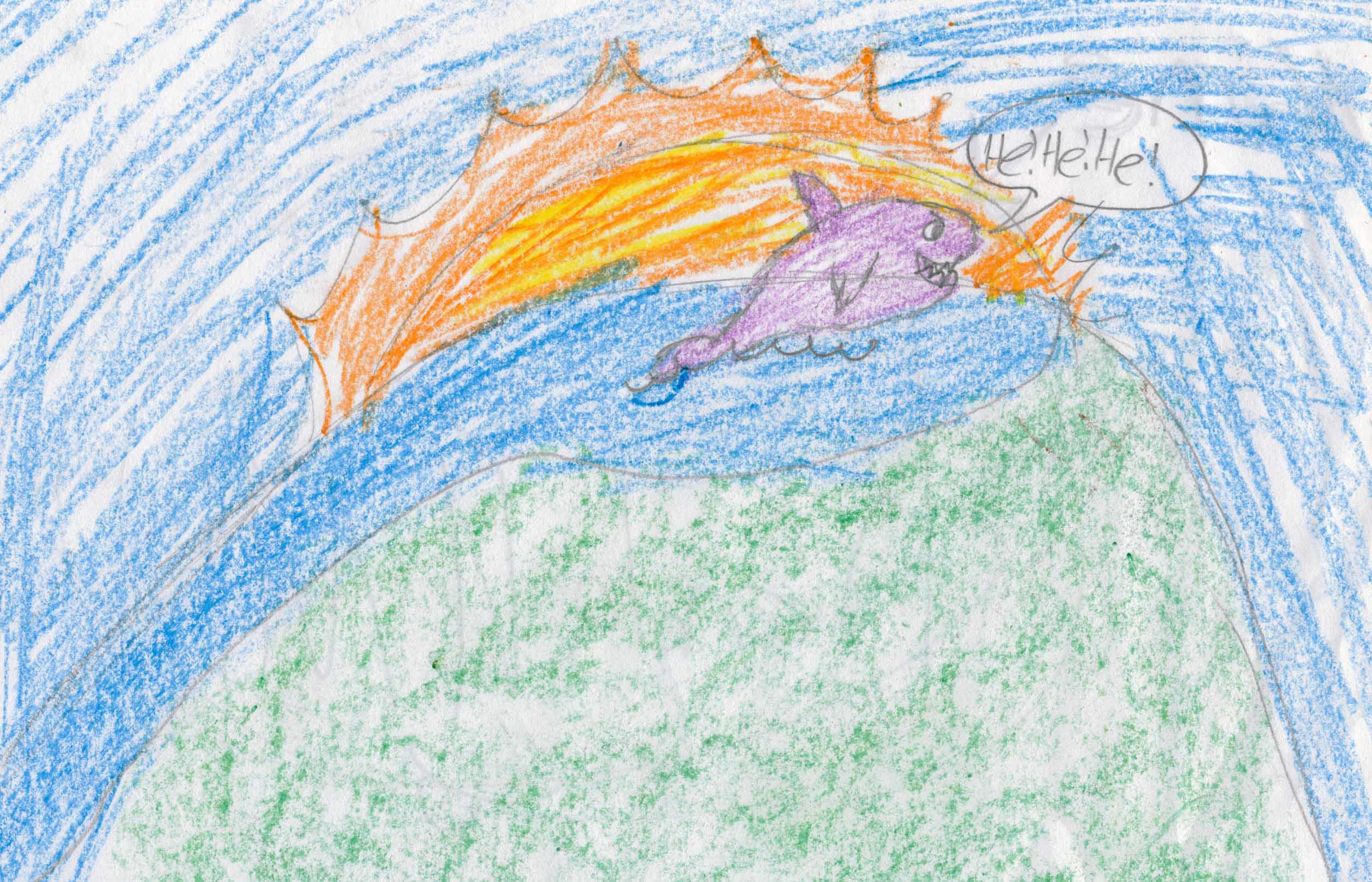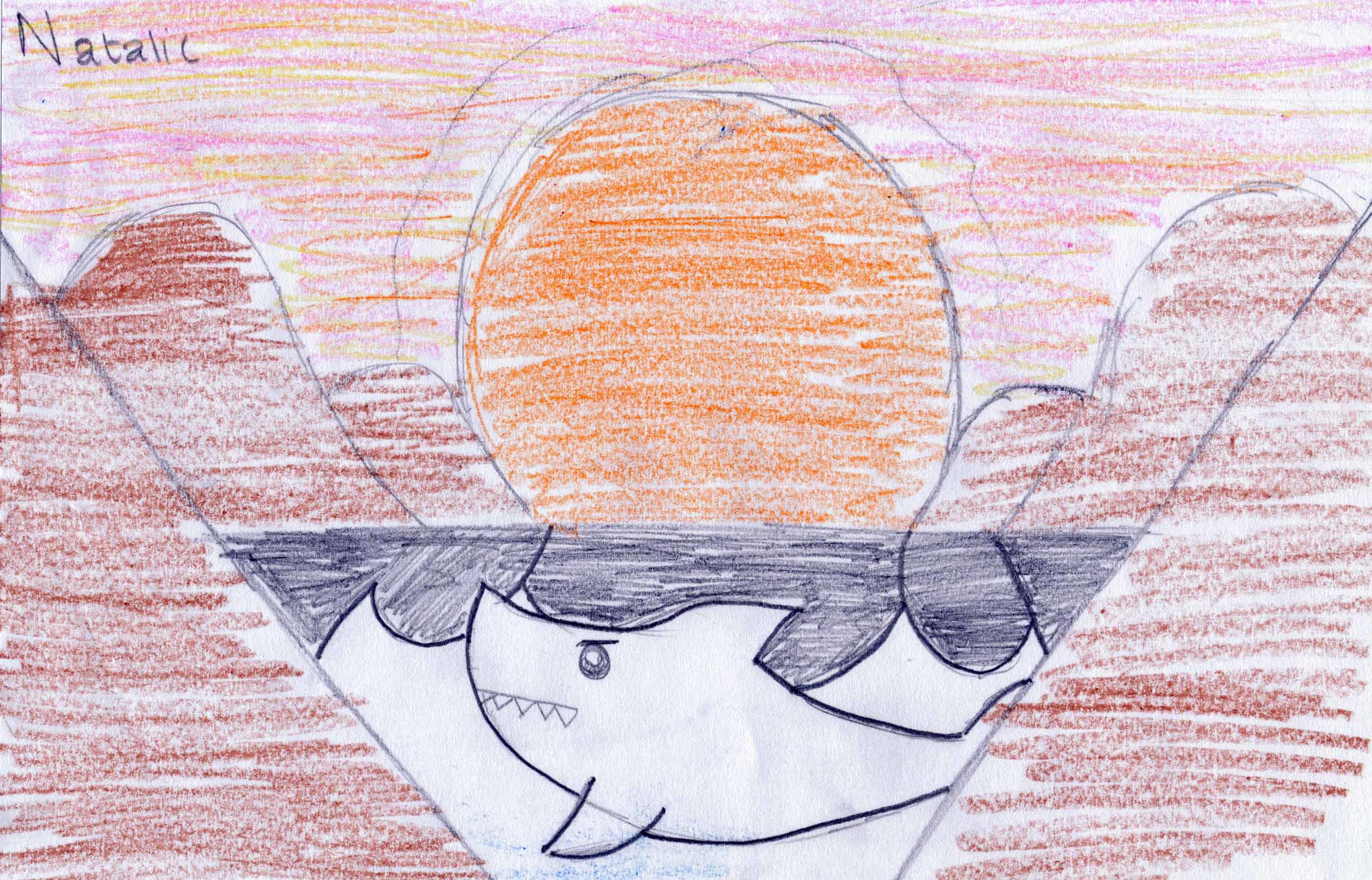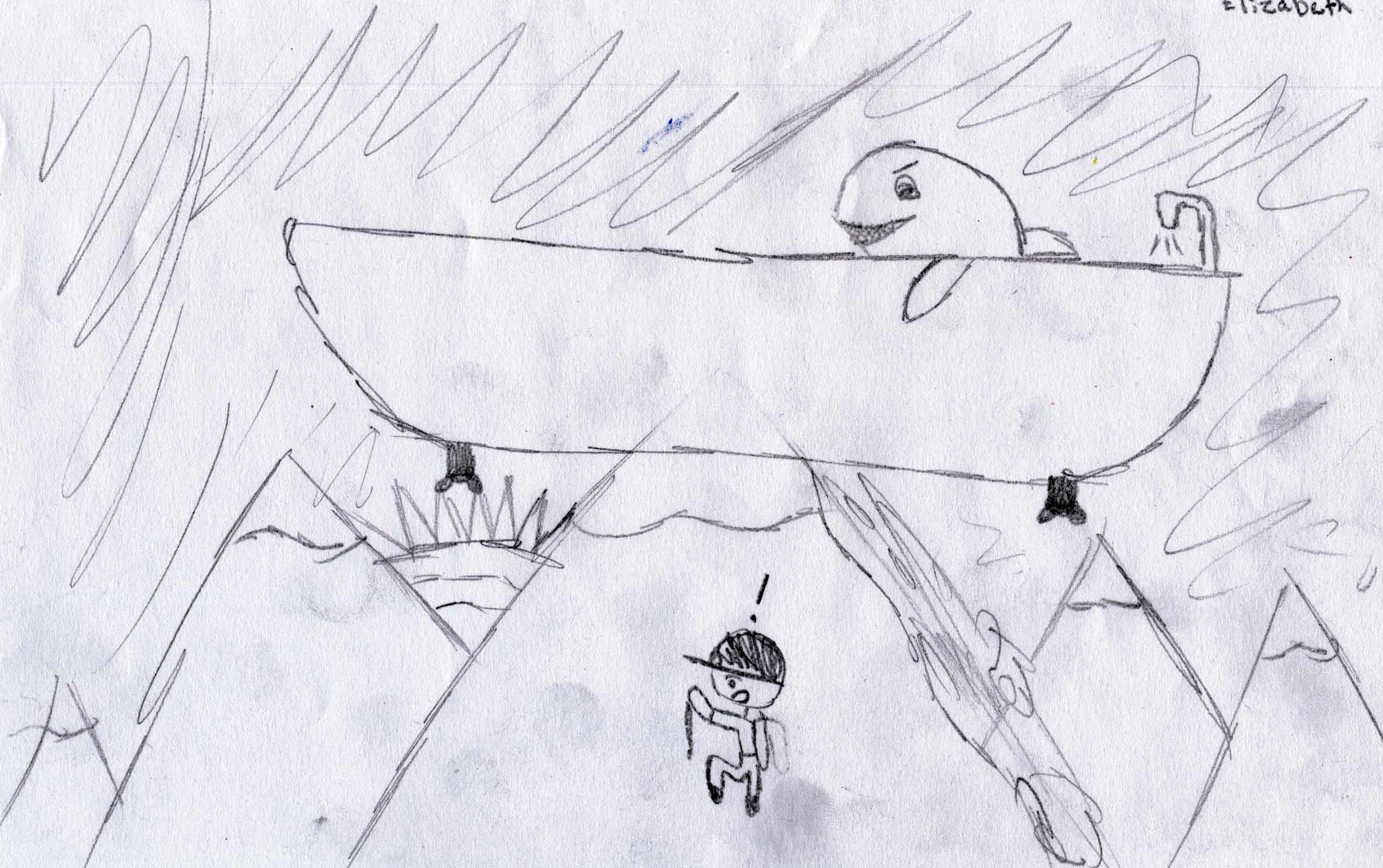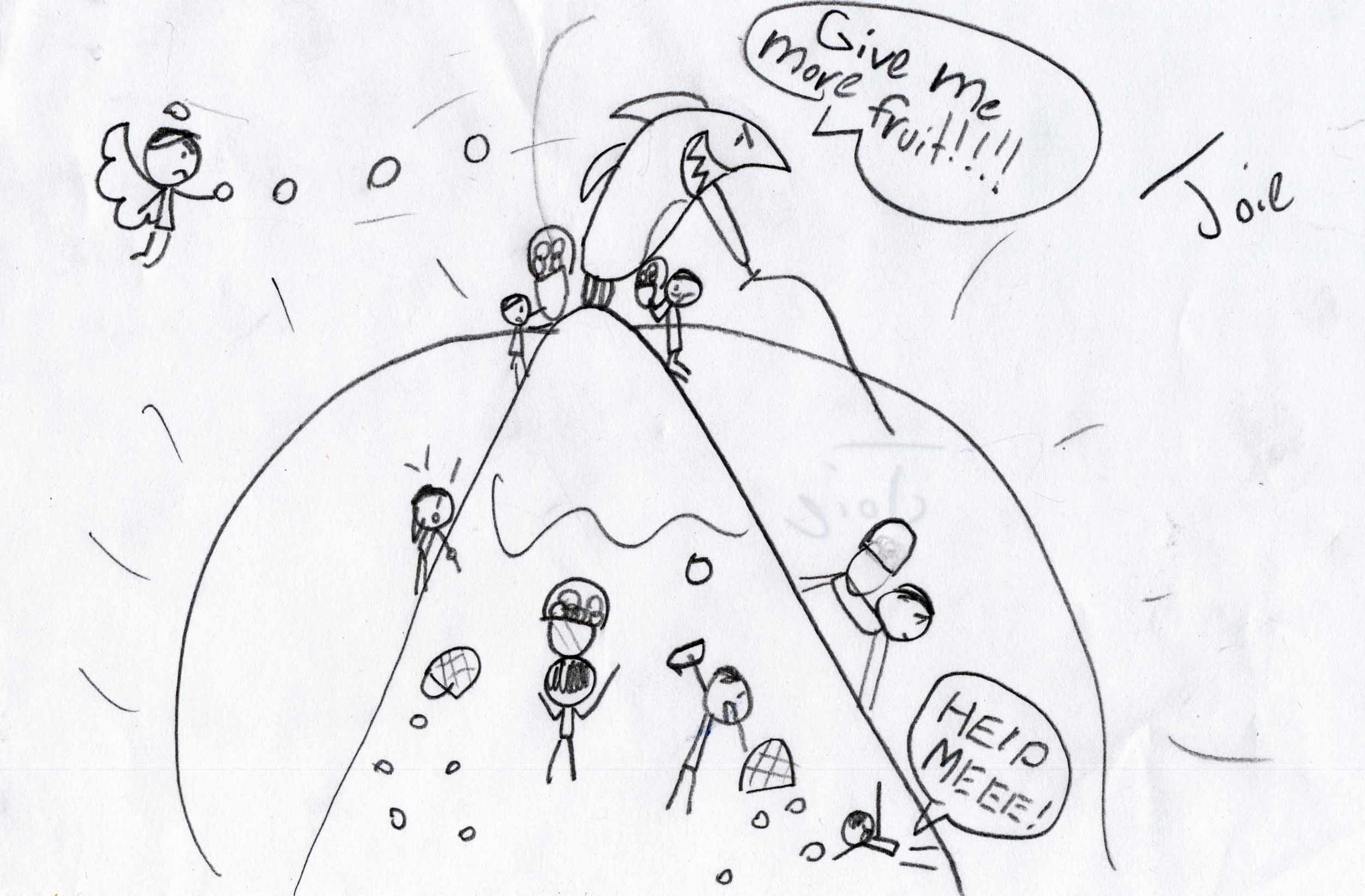Starters
Starters help students gather visual knowledge at the same time as they develop their own ideas & thinking.
Starters get students hands and minds moving to make those first marks on the paper and focus the work session on specific art techniques, tools, materials and processes. In addition, the starter helps students generate & develop their own ideas while they draw or paint.
Starters take on many shapes & forms in the art room. Here are four kinds of starters students perform in my art room:
- Observation
- Technique, tools, media & processes
- Visual Prompts
- Word Prompts
Starters are used for Warm Ups and for multi-step art experiences. When I use the starters for multi-step art experiences, the starter is linked to a scaffolded sequence of activities, lessons and art making sessions based on a theme. Some of the themes students have explored are buildings, birds, insects, leaves, fish, and dragons. Click here on Building Explorations to read about a multi-step art experience. Starters used during the warm ups may or may not be linked to the theme students are working on.
Observational Starters
1. Observational Sketching as the starting point for multi-step art learning experiences:
Students practice using observations to begin art making and as a starting point for making their own decisions about how and where they combine elements from observation, memory & imagination.
An important component of 21st century skills is for students to practice creativity, be innovators, use their own ideas in combination with what they know, and be autonomous and flexible in a variety of situations . . . all this takes practice! To that end, I have found that observational sketching is a great place to begin to ask students to take what they see & combine it with their own thinking.
To read in depth about observational sketching as a starter for multi-step art experiences, click here.
2. Observational Starters during the Warm Up:
Some of the things students have drawn in the art room: flowers in vases, human manikins, plastic insects & animals, silk leaves & fall leaves, photos of buildings, birds, fish, animals.
What I am hoping students will experience during the observational warm ups:
- laying down a sketch quickly in a focused manner with no talking
- developing the confidence that over time they will be able to complete a sketch in 2 - 5 minutes at the same time as feeling comfortable knowing that it is OK to not finish--the important thing is to work the entire time
- working with 'mistakes' by drawing over them, turning them into something else or turning their paper over (I stress that no matter how unworkable the mistake, they are not to crumple their paper or throw it away--every so called mistake is an opportunity to learn)
- exposure to an authentic artistic practice of doing timed drawings from a figure or object
- practice drawing what they see
- using crayons instead of pencils so that they are not tempted to erase and for practice in using more than three colors and using color to fill in all shapes and the paper to the edges
During the observational warm ups I also begin talking about how artists use imagination in combination with observational drawing. By the 4th week of still life drawing, students often begin to worry that they have drawn the same still life more than once or that they are bored with the subject matter. I then invite students to begin to change elements of the still life using their imaginations: such as changing the pattern and color on the vase, adding a background (and the background can be anywhere, even on Mars if they choose!), combining flowers from various still lifes around the room or using their imaginations to change the flowers entirely. I tell students that this is how artists stay engaged by and excited about making art for a lifetime--when they get bored, they make changes, they use their own ideas: they use their imaginations!
Art Techniques, Tools, Media & Processes As Starters To Multi-Step Art Learning Experiences
This radial watercolor crayon resist project is an example of a starter that focuses on art techniques, tools, media and process. In this project, the starters were as follows:
- application of familiar materials--oil pastels & watercolors
- all students folded their square paper the same way to create radial guidelines and locate the center point
- all students started the design by drawing with oil pastel a circle, a ring around the circle and zig zags around the ring
After that, students were invited to make their own decisions about the design, the colors, whether to use the fold guidelines or not and how and where to apply the watercolor.
In the photos below, notice the individual student interpretations of the starters and also the wide variety of ways students choose to complete their radial design.
Visual Prompt or Art Frame Starters
The most common visual prompts I use in the art room are inspired by the books Doodles and Scribbles by Taro Gomi (Chronicle Books.)
Visual Prompt Examples:
Word Prompt Starters
My favorite and a favorite of the students is Story Sticks:
Story Sticks
Story Sticks: Story Sticks are labeled popsicle sticks that have four categories: Character, Condition, Feeling and Setting. I draw one stick from each category to create a prompt for drawings. Some of the words on the sticks are cat, island, sunny, mad, ghost, shark, garden, rainy, worried, car, dinosaur, misty, scared, etc. The prompts can be funny and often put characters in unusual circumstances.
The Story Sticks are meant to provide a starting point for drawing and students are not obligated to stick to the catagories drawn. I encourage them to use their own ideas and that if they have a better idea than the one suggested by the story sticks they should do it!
Below: Story Stick Prompt: Shark, Mountain, Evil, Sunset


